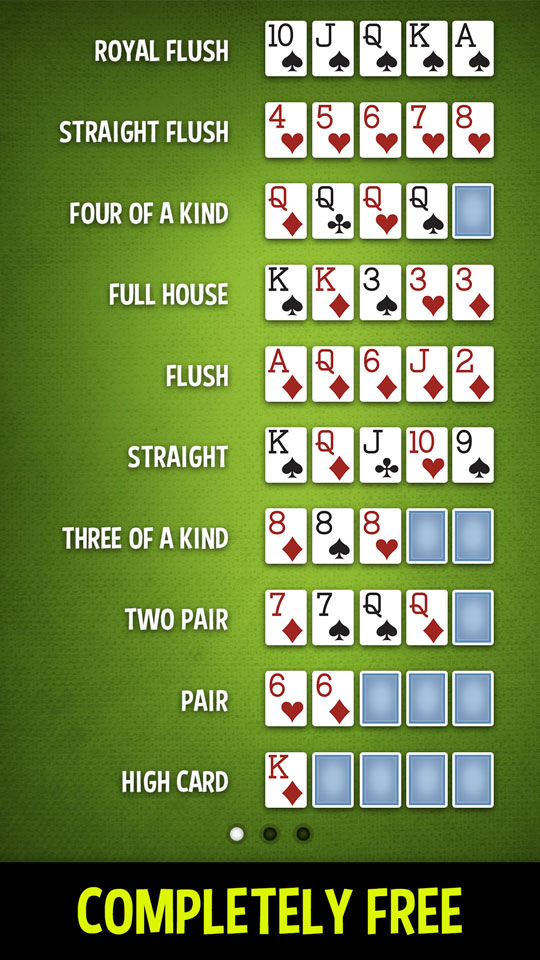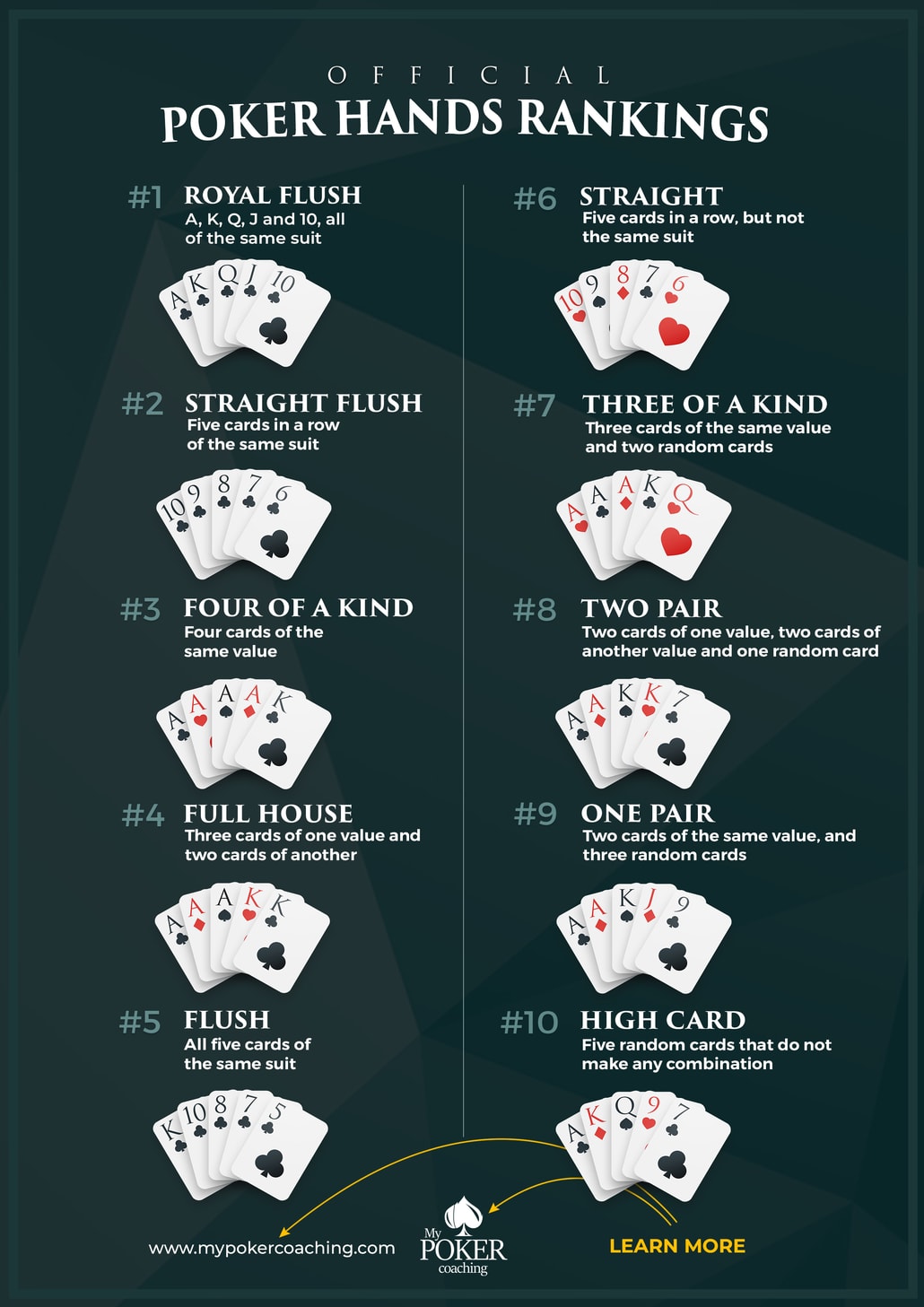Odds Of Getting Hands In Texas Holdem
Both before and after the flop in any limit Holdem game, it is helpful to be able to make a reasonably accurate estimate of the types and numbers of playable hands that you are likely to be competing against.
Basic Texas Holdem Math. Some of the math we discuss on this page can be complicated and the truth is some players won’t be able to use it all. But that doesn’t mean they can’t be winning Texas holdem players. The math covered in this section forms the building blocks for the advanced math covered lower on the page. For example, if you’re in a hand where the pot is $100 and your opponent bets $50, you’re getting 3 to 1 pot odds to call. The pot is $150 (the $100 that’s already there plus the $50 bet) and it costs $50 to continue. Divide the $150 by $50 to get 3. You say that number “to 1” and those are your pot odds.
Much of your decision making involves the business of 'putting' opposing players 'on their hands' (or in other words, figuring out what cards they are playing). Experienced Holdem players are often very good at this. An understanding of the types of hands that are most likely to be against you helps prevent both underestimating and overestimating your competition.

- With nine outs and 46 cards unknown, there are nine cards that will let you win the hand and 37 cards (46 unseen cards - 9 winning cards) that will cause you to lose. Thus the odds of you getting.
- The odds of getting a 4 of a kind given 7 cards (2 in your hand and 5 on the board) are (13. (48 choose 3)) / (52 choose 7) or 0.7. The probability of getting that specific 4 of a kind again are now (48 choose 3) / (52 choose 7) or 0.82.
Here are some stats that are based on the total possible combinations of various Holdem hole cards that are normally playable.
For better viewing on your mobile device (or to download or print the chart), check out holdem hole card frequencies in high resolution universal .pdf format.

The five different types of two card Hold'em hands highlighted here are those that are most commonly played. They are not shown in any particular order and within the groups are powerful hands that are almost always played, down to marginal value hands that can be played under certain betting conditions.
The rest of the hands, shown as All Others, are all the very weak hands that most players hardly ever play.
Pairs - All pairs. AA, KK, QQ, JJ, 1010, 99, 88, 77, 66, 55, 44, 33, 22
Two High Cards Suited - AK(S), AQ(S), AJ(S), A10(S), KQ(S), KJ(S), K10(S), QJ(S), Q10(S), J10(S)

Two High Cards Unsuited - AK, AQ, AJ, A10, KQ, KJ, K10, QJ, Q10, J10
Odds Of Getting Hands In Texas Holdem Against
Medium and Low Suited Connectors - These include both no-gap and one-gap connectors: J9(S), 109(S), 108(S), 98(S), 97(S), 87(S), 86(S), 76(S), 75(S), 65(S), 64(S), 54(S), 53(S)
Odds Of Getting Each Hand In Texas Holdem
Ace and Non-High Combinations - A9, A8, A7,A6 Note: 25% of these 64 combinations (16) are suited. 75% of the 64 combinations (48) are unsuited.